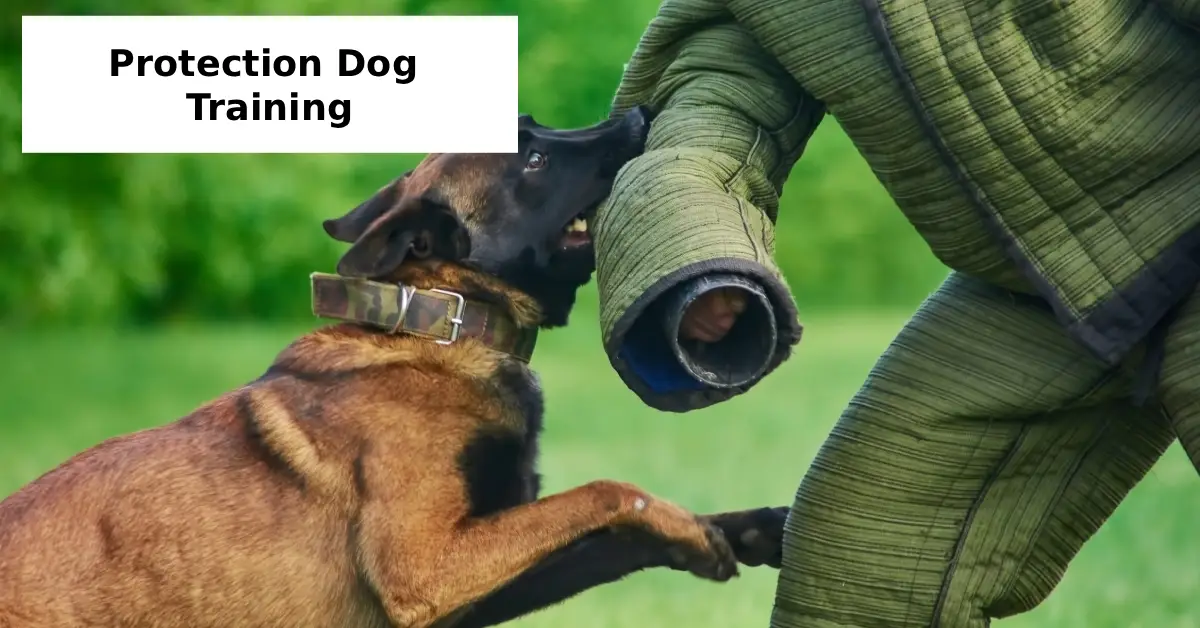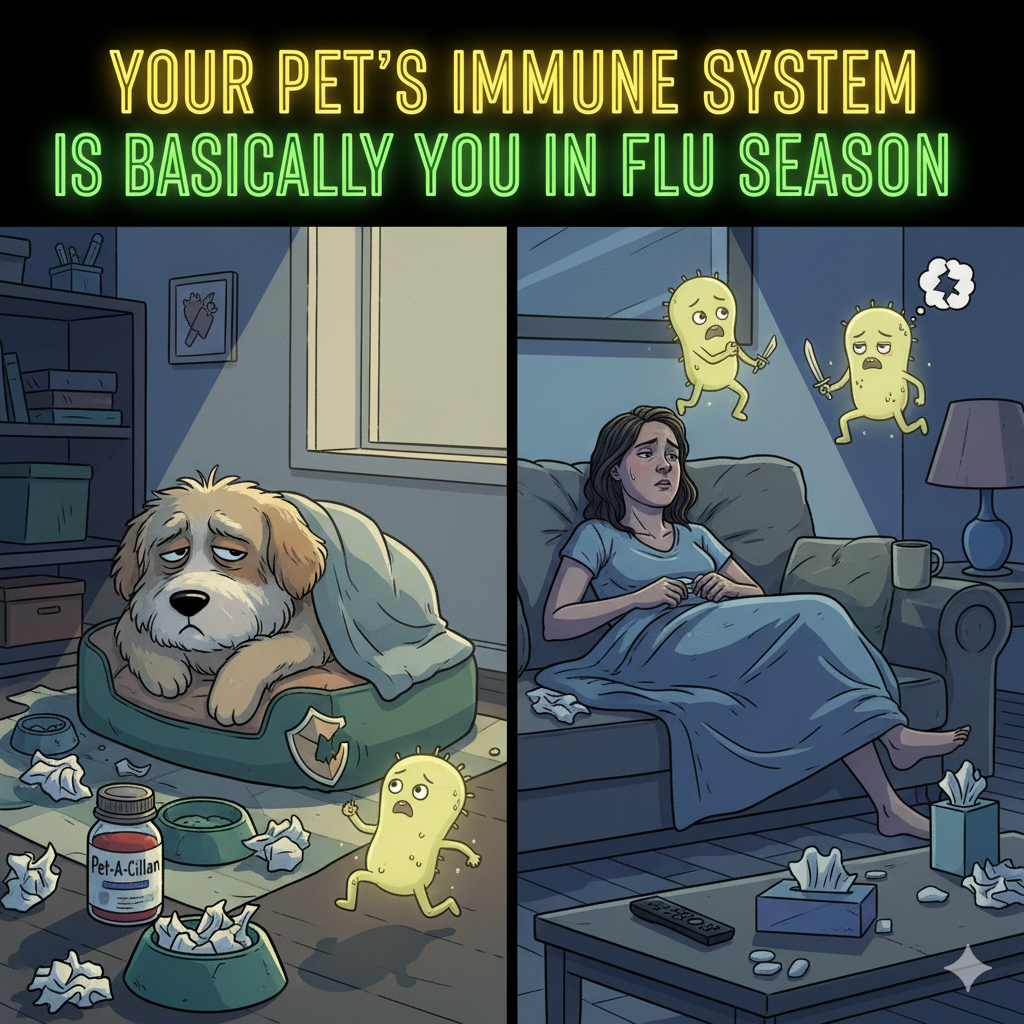When people hear the term protection dog training, they often picture a fierce, highly alert canine standing guard at a home or business. But the truth is, a well-trained protection dog is not just about strength and aggression—it’s about balance, control, and especially socialization. Without proper social behavior training, even the most obedient guard dog can become unpredictable or unsafe, particularly in family or public settings.
In this guide, we’ll explore why socialization matters in guard dog training, the best protection dog socialization techniques, and how trainers, families, and professionals can ensure their protection dog is both loyal and sociable.
What Is Protection Dog Training?
Protection dog training involves teaching a dog to defend its handler or territory on command, while remaining obedient and under control. These dogs are not just aggressive deterrents—they’re skilled in obedience, threat assessment, and situational response. However, the cornerstone of any successful training program is socialization.
Why Socialization Is Vital in Protection Dog Training
Socialization is the process of exposing a dog to various people, animals, environments, and situations so that they can remain calm, confident, and well-behaved. For protection dogs, this ensures they don’t view every stranger or noise as a threat.
Without proper social behavior training in working dogs, a protection dog can become overly defensive, fearful, or dangerously reactive. Imagine a scenario where a dog misreads a child’s hug as a threat—this is why obedience and socialization in guard dog training go hand-in-hand.
Benefits of Socializing a Protection Dog
1. Improved Decision-Making
A well-socialized dog can distinguish between real threats and harmless interactions. This is critical in urban environments where dogs are exposed to people, traffic, and noise constantly.
2. Family Compatibility
Family-friendly guard dogs training ensures that protection dogs can live safely with children and guests. Pet parents with children or other pets often prefer dogs that offer both companionship and protection.
3. Obedience in High-Stress Situations
Socialization boosts a dog’s confidence, making them more likely to obey commands during stressful or unfamiliar scenarios. This is particularly valuable for law enforcement and security personnel using trained dogs.
When to Begin Socialization
The ideal time to start socialization is during puppyhood. How to socialize a protection puppy involves positive exposure to different people, dogs, environments, and sounds between 3 to 16 weeks of age. During this critical period, puppies form lifelong associations with the world around them.
That said, adult dogs can also be socialized, though it takes more patience and expertise. In such cases, dog aggression training methods may be used alongside socialization techniques to correct unwanted behaviors.
Socializing Aggressive Dogs for Protection Work
Many dogs used for protection, such as German Shepherds or Belgian Malinois, may show aggressive tendencies if improperly socialized. Socializing aggressive dogs for protection work requires slow introductions, clear boundaries, and positive reinforcement. Collaboration with veterinarians or canine behaviorists involved in training referrals is often essential.
These professionals can identify whether a dog’s aggression stems from fear, dominance, or confusion—each of which demands a different training strategy.
Real-Life Applications for Socialized Protection Dogs
- Suburban and urban families concerned about safety often seek dogs that can protect without being a liability in parks or neighborhoods.
- Dog breeders who focus on protection breeds emphasize temperament and trainability to produce dogs suited for both work and home.
- Dog training academies or institutions promoting responsible protection dog training prioritize socialization from day one to prevent future behavioral issues.
Best Protection Dogs for Families with Kids
Some breeds are naturally more adaptable to social environments while retaining their guarding instincts. Here are the best protection dogs for families with kids:
- German Shepherds – Intelligent and loyal; excellent for obedience and family protection.
- Doberman Pinschers – Alert and affectionate with proper socialization.
- Belgian Malinois – Energetic and responsive to structured training.
- Boxers – Friendly yet protective, especially good with children.
Regardless of breed, success depends on protection dog training that includes early and consistent socialization.
Key Socialization Techniques for Protection Dogs
1. Controlled Exposure to Crowds and Noise
Gradually introduce the dog to busy streets, parks, and gatherings to desensitize them to distractions.
2. Interaction with Other Pets
Training a guard dog with other pets helps prevent resource guarding or territorial behavior. Start with leashed interactions and monitor body language closely.
3. Structured Obedience Classes
Classes led by dog trainers who specialize in obedience and protection can instill essential commands while offering social exposure.
4. Leash Training and Public Walks
Teaching proper leash manners in public helps your dog remain calm around strangers, bicycles, and other animals.
5. Desensitization to Uniforms and Equipment
Especially important for security companies offering or using canine units, dogs should be comfortable around uniforms, sirens, and tactical gear.
Mistakes to Avoid in Socializing Protection Dogs
- Rushing the Process
Too much too soon can overwhelm a dog, especially one with protective instincts. Take gradual steps. - Inconsistent Training
If the rules change frequently, the dog will become confused and reactive. Consistency is key in protection dog training. - Neglecting Obedience Commands
Without a strong recall or “leave it” command, socialization can become dangerous. Always reinforce core obedience.
Protection Dog Training for Urban Environments
Living in a city presents unique challenges. Traffic, crowded sidewalks, and constant noise can stress a dog. Protection dog training for urban environments includes:
- Crate training for public transport
- Ignoring distractions while on command
- Interacting with people of all ages and appearances
- Adjusting to small spaces like apartments or elevators
These skills help dogs serve in homes, businesses, or with homeowners looking for family-safe protection dogs.
Final Thoughts: Socialization Builds Safe and Reliable Protection Dogs
In the world of protection dog training, socialization isn’t optional—it’s essential. A well-socialized dog not only guards effectively but also integrates seamlessly into families, communities, and workplaces.
Whether you’re a dog breeder who focuses on protection breeds, a security company using canine units, or a pet parent with children, investing time in socialization pays off in safety, confidence, and harmony.
Remember, the goal isn’t just to raise a protector—it’s to raise a protector you can trust.





